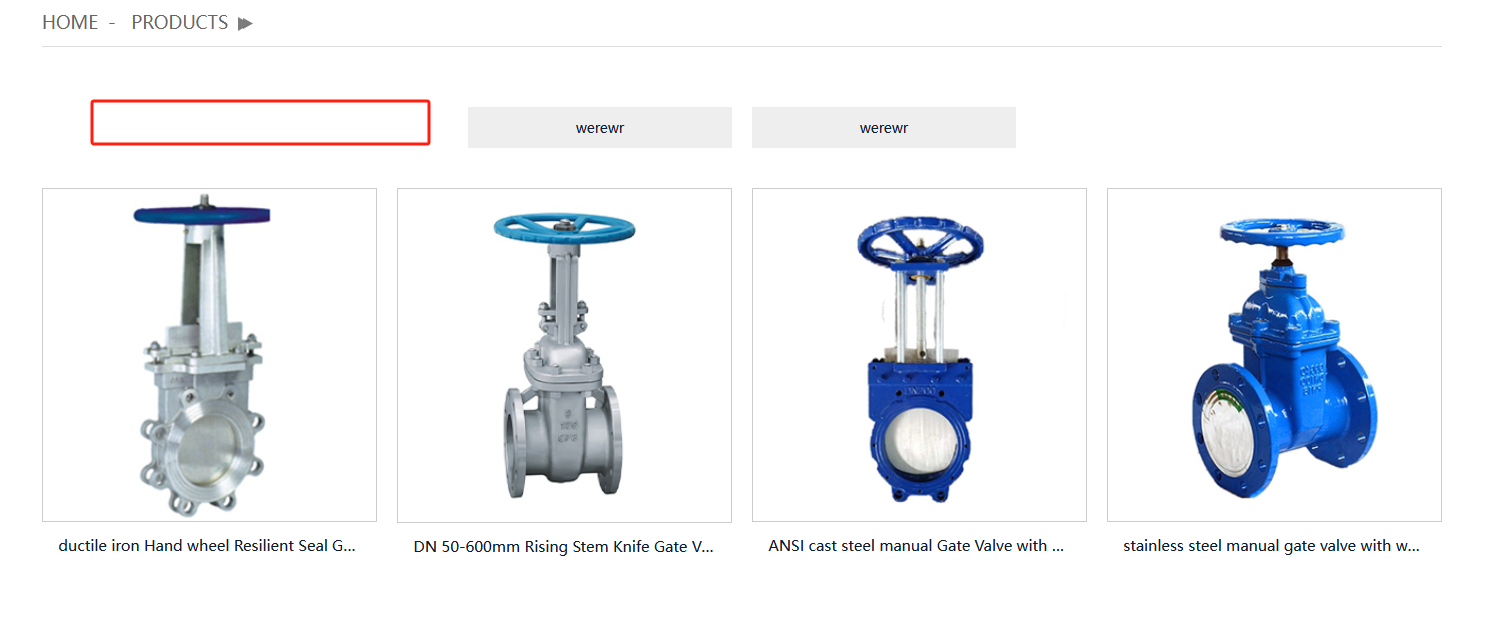y type strainer filter
Understanding Y-Type Strainer Filters Functionality, Applications, and Benefits
In the world of fluid management and processing, the importance of effective filtration cannot be overstated. Whether in industrial processes, water treatment facilities, or HVAC systems, maintaining the integrity of fluid systems is crucial for operational efficiency and longevity. Among the various types of filtration systems, the Y-type strainer filter stands out for its design, versatility, and effectiveness.
What is a Y-Type Strainer Filter?
A Y-type strainer filter is a device used to remove unwanted solids from fluid systems. Its name derives from the shape of its housing, which resembles the letter Y. This design allows for efficient fluid flow while facilitating easy maintenance. Typically, the strainer consists of a body, a filter element, and a blow-off valve. The filter element can be made of various materials, such as stainless steel or mesh screen, depending on the specific application and the type of particles to be filtered out.
How Does It Work?
The primary function of a Y-type strainer is to filter out impurities and debris from liquids and gases. Fluid enters the strainer through one end of the Y shape, flows through the filter element, and exits the other end. As the fluid passes through, larger particles are trapped in the filter element, while clean fluid continues through the system. Over time, the trapped solids accumulate, and the strainer must be cleaned or replaced to maintain optimal filtration efficiency.
One of the design advantages of a Y-type strainer is the accessibility it offers for maintenance. Most models come with a blow-off valve that allows operators to flush out collected debris without removing the entire strainer from the pipeline, significantly minimizing downtime.
y type strainer filter

Applications of Y-Type Strainer Filters
Y-type strainers are widely used across various industries due to their adaptability and reliability. Some common applications include
1. Water Treatment Facilities They help prevent debris from damaging pumps and other equipment. 2. HVAC Systems Y-type strainers filter out contaminants from circulating fluids, ensuring efficient operation and longevity of the system. 3. Industrial Processing In manufacturing processes, these strainers protect sensitive equipment from clogging and wear caused by impurities. 4. Oil and Gas In these industries, Y-type strainers are essential for maintaining the purity of process fluids and ensuring safety in operations.
Benefits of Using Y-Type Strainer Filters
1. Efficiency The Y design allows for minimal flow resistance, which helps maintain system pressure and efficiency. 2. Easy Maintenance The built-in blow-off system makes it easy to clean the filter, reducing downtime and labor costs associated with maintenance. 3. Durability Constructed from robust materials like stainless steel, Y-type strainers can withstand harsh conditions, making them reliable for long-term use. 4. Versatility With various mesh sizes available, they can be tailored to fit specific filtration needs, making them suitable for a wide range of applications.
Conclusion
Y-type strainer filters play an essential role in ensuring the smooth operation of fluid systems across multiple industries. Their unique design, ease of maintenance, and versatility make them an ideal choice for applications requiring reliable filtration. As industries continue to prioritize efficiency and safety, the importance of effective filtration systems, such as Y-type strainers, will undoubtedly grow. Investing in quality filtration not only protects equipment but also enhances overall operational performance, ultimately leading to increased productivity and reduced costs. Whether for simple residential applications or complex industrial processes, Y-type strainer filters prove to be a vital component in fluid management systems.
-
The Key to Fluid Control: Exploring the Advantages of Ball Valves in Industrial SystemsNewsJul.09,2025
-
The Versatile World of 1, 2, and 3 Piece Ball ValvesNewsJul.09,2025
-
Stainless Steel Ball Valves: The Ideal Choice for Efficient Flow ControlNewsJul.09,2025
-
Optimizing Fluid Control with Ball Float ValvesNewsJul.09,2025
-
Manual Gate Valves: Essential for Control and EfficiencyNewsJul.09,2025
-
Everything You Need to Know About Butterfly ValvesNewsJul.09,2025
-
The Versatility of Wafer Type Butterfly ValvesNewsJul.08,2025




